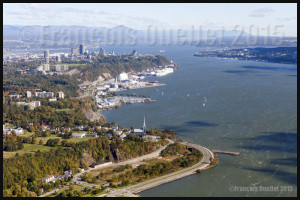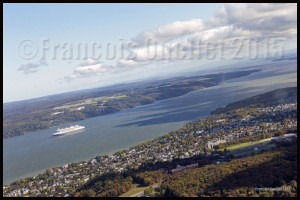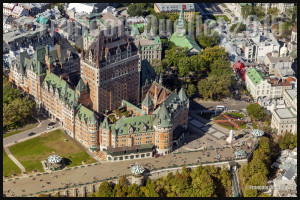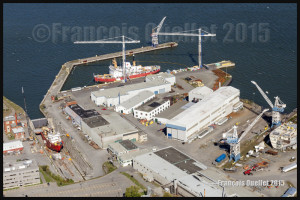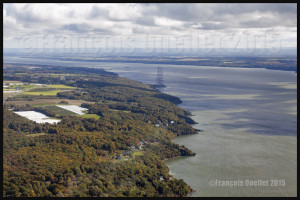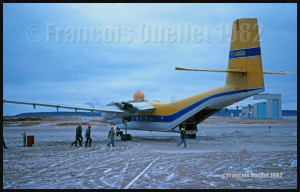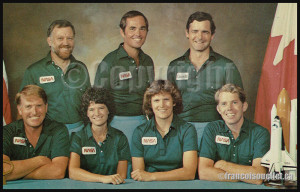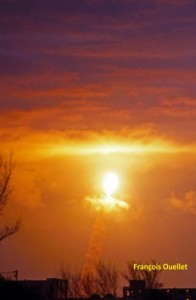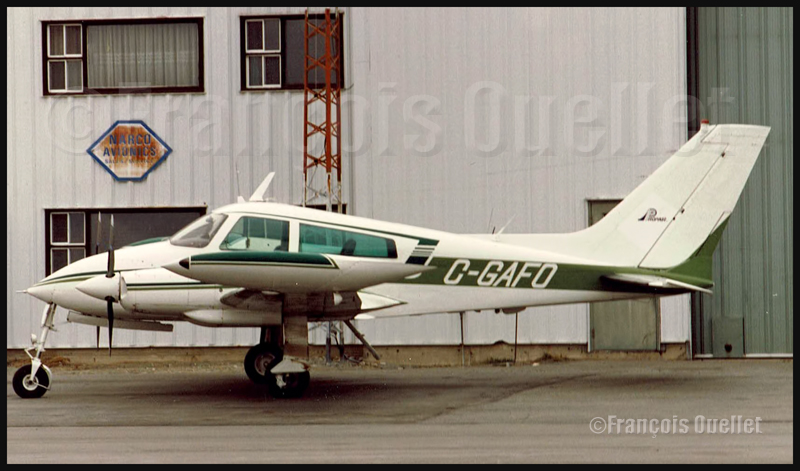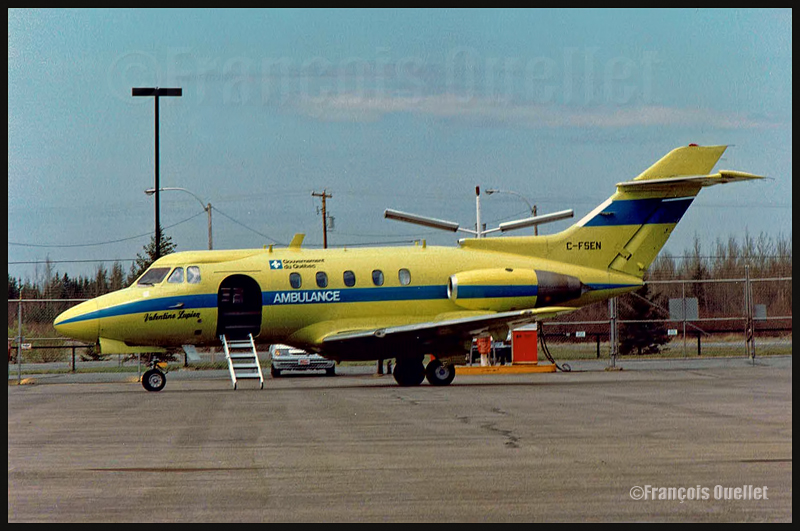
December 2013. Time for retirement had come. On my last working shift as a flight service specialist (FSS), I was able to share good memories of the past experiences as a Transport Canada and later Nav Canada employee. A shift supervisor had bought an excellent chocolate cake which was rapidly taken care of by the employees.
The next year, during an official retirement party including two other retirees, the Nav Canada flight information center (FIC) employees in Quebec City (CYQB) presented us with several gifts. I used the gift certificates to book a helicopter ride.
The pilot headed towards the Quebec Bridge then followed the St-Lawrence Seaway to Old Quebec. He then flew towards the Davie shipyard, Île d’Orléans, the Montmorency falls and then returned to the Quebec Jean-Lesage international airport. During the flight, we were able to witness the arrival of the Queen Mary II cruise ship in Old Quebec. Here are some pictures that I took during the flight:
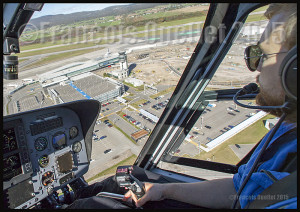
I hope you liked the real life stories as pilot, flight instructor, Transport Canada student and flight service specialist in Inukjuak, Rouyn-Noranda, Iqaluit and Quebec City, as well as FSS for Nav Canada at the flight information center in Quebec City. I have included all the stories and photos on my web site www.francoisouellet.ca , in the following “real life stories” sections:
Life as a student at the Transport Canada Training Institute
Real life stories as a FSS in Inukjuak
Real life stories as a FSS in Rouyn-Noranda
Real life stories as a FSS in Iqaluit
Real life stories as a FSS in Quebec City
There were naturally many more stories that would have deserved to be written but, due to their particular nature, those stories had to stay confidential.
Thanks for the encouragements and comments shared in person or via electronic communication.
N.B.: All the articles published on the web site https://francoisouellet.ca/en/ are under copyright protection. All rights reserved. Thanks for your understanding.
